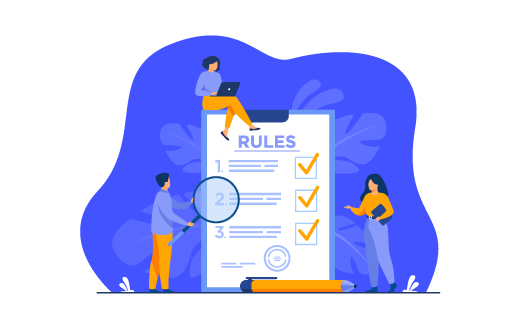
How do you choose which employee should get an award under the Reward & Recognition Program?
Is there a science behind deciding employee names for awards? Or is it pure art?
In reality, it’s quite a random process.
Most #peoplemanagers nominate their team members based on:
a) Please-All Methodology- In the last 3 R&R ceremonies, I have ensured all my Sales guys get awarded. I need to take care of their motivation levels, they say.
b) Ignore All Strategy- If I recognise Mike, Jack will get upset. So, let me not recognise anybody.
c) My Favourite is always the best- No matter what the contribution, there’s always one individual (or team) that gets the award.
To announce contests is a simple matter; to organize and execute them so that they are of benefit is much more difficult. Walter D Scott had written in his classic book Increasing Human Efficiency in Business.
Most #HR teams ignore the impact & importance of R&R programs. This initiative is run regularly. Nominations are sought, list of awardees finalised and a fun ceremony held. This is repeated quarter on quarter without any measurement of its impact.
Here are some ways you can really elevate the impact of this much-needed initiative.
– Build a healthy competition within teams.
– If more than one team is aiming towards the same goal, publish their regular progress. Build enthusiasm. Cheer them on.
– Make your awards really attractive. Make them aspirational.
– Make entry into the nomination cycle easy.
– Diversify the selection process- get cross-functional teams to decide on the winners of a category.
– Celebrate your winners, privately & publicly.
– Make it a BIG thing. Put frequent winners into a coveted club which opens up some really cool benefits for them.
– Keep a tab on data at all times. For your R&R winners, What’s the retention rate, what’s the performance trend, the engagement score of the team etc.?
– Have a pulse check built in- Do your employees believe the process to be fair & transparent?
Parting Note: Walter Scott had also said, Where it is not possible to carry on a contest and retain a feeling of comradeship between the men, no competition should be encouraged.
Hence, be wary of the success of your R&R program, if its not giving you the impact you seek, stop it.



















